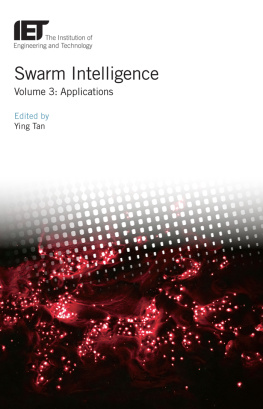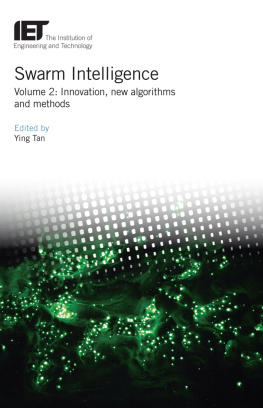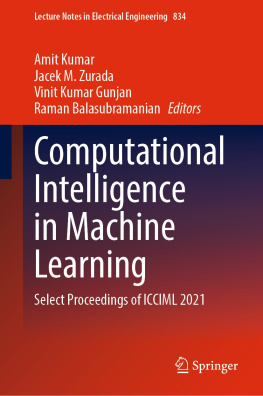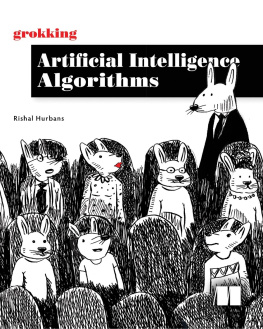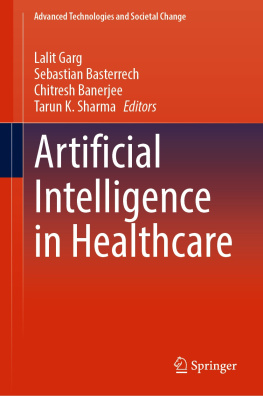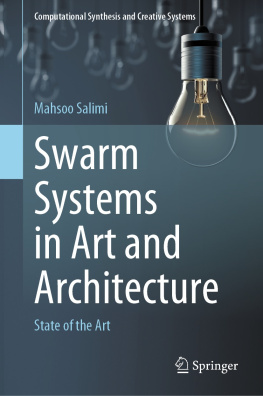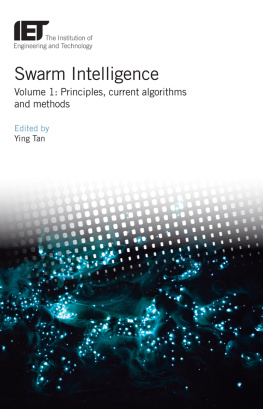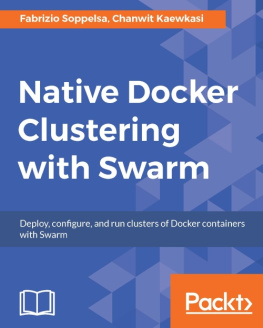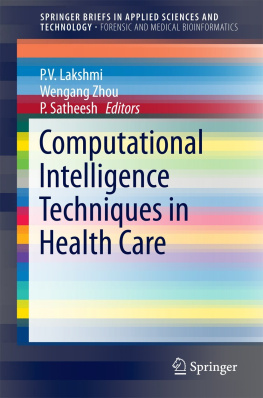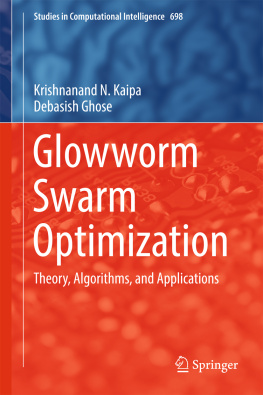About the editor
Dr. Ying Tan is a full professor of Peking University and director of Computational Intelligence Laboratory at Peking University. He is also a professor at Faculty of Design, Kyushu University, Japan. He worked at Columbia University as a senior research fellow in 2017 and at Chinese University of Hong Kong in 1999 and 20042005 as a research fellow, and he was as an electee of 100 Talent Program of Chinese Academy of Science (CAS) in 2005. As a visiting professor, he visited many universities including University of California at Santa Cruz, Kyushu University, Auckland University of Technology, City University of Hong Kong, etc. He is the inventor of Fireworks Algorithm (FWA). He serves as the Editor-in-Chief of International Journal of Computational Intelligence and Pattern Recognition (IJCIPR), the Associate Editor of IEEE Transactions on Evolutionary Computation (TEC), IEEE Transactions on Cybernetics (CYB), IEEE Transactions on Neural Networks and Learning Systems (NNLS), International Journal of Swarm Intelligence Research (IJSIR), International Journal of Artificial Intelligence (IJAI), etc. He also served as an Editor of Springers Lecture Notes on Computer Science (LNCS) for 30+ volumes and Guest Editors of several referred Journals, including IEEE/ACM Transactions on Computational Biology and Bioinformatics, Information Science, Neurocomputing, Natural Computing, etc. He is the founder general chair of the ICSI International Conference series since 2010. He won the 2nd-Class Natural Science Award of China in 2009 and many other awards from academic communities. His research interests include swarm intelligence, swarm robotics, data mining, pattern recognition, intelligent information processing for information security and financial applications, etc. He has published more than 300 papers in refereed journals and conferences in these areas, and authored/co-authored 15 books and 20+ chapters in book and received four invention patents.
Acknowledgements
I appreciate the contributors of each chapter for their great work that consists of the main components of this book set in such cutting-edge topics on swarm intelligence. In addition, I owe my gratitude to all the authors who promptly responded my call for chapter proposal, for their valuable participation that makes our work more competitive. I also would like to thank the valuable experts and reviewers for their constructive suggestions, and earnest and strict reviews to each chapter assigned to them, whose efforts and hard work guarantees such a high-level quality of this book.
For such a tedious editing workload, beside my own hard work and efforts, I have also received a plenty of help and support from my colleagues and graduate students. Without their help, I could not complete such a great work.
I am graceful to Val Moliere, Senior Commissioning Book Editor of the Institution of Engineering and Technology (IET), and Olivia Wilkins, Assistant Editor of the IET for their kind coordination and suggestions during the whole editing process of this book set. In addition, I am also grateful to Mr. Srinivasan N, an energetic editor of the MPS Limited, who has done a lot of editing work during the production of this book.
I want to thank everyone who gave me any assistance or help in the research of such an innovative idea and an amazing work on the title of swarm intelligence.
This book is dedicated to my wife Chao Deng and my daughter Fei Tan, for their unconditional love; without their unselfish and salient supports and encouragements, it is impossible for me to make such great work a reality.
While working on this book, I was supported by the Natural Science Foundation of China (NSFC) under grant no. 61673025 and 61375119, and I was also partially supported by National Key Basic Research Development Plan (973) Project of China with grant no. 2015CB352302.
Ying Tan
December 12, 2017
Beijing, China
Chapter 1
Prototype generation based on MOPSO
Weiwei Hu
1School of Electronics Engineering and Computer Science, Peking University, China
2Department of Machine Intelligence, Peking University, China
Abstract
When classifying a test instance, the nearest neighbor classifier will consume lots of time because it needs to search the whole training set for the instances nearest neighbors. Prototype generation is a widely used approach to improve its time efficiency which generates a small set of prototypes to classify a test instance instead of using the whole training set. This paper applies the particle swarm optimization (PSO) to prototype generation and presents two novel methods to improve the classifiers performance. A fitness function named error rank is proposed to enhance the nearest neighbor classifiers generalization ability. In order to keep the classifier from overfitting the training set, this paper proposes the multiobjective optimization strategy which divides the whole training set into several subsets and regards the performance criterion on each subset as an objective function of the multiobjective PSO. The multiobjective optimization strategy pursues the performance over multiple subsets simultaneously, resulting in better generalization ability. Experimental results over 31 UCI datasets and 59 additional datasets show that the proposed algorithm achieves state-of-the-art performance.
1.1 Introduction
Nearest neighbor classification is a classic and widely used supervised learning algorithm. To classify an instance (i.e., a test instance), this algorithm first gets a certain number of instances from the training set which are the nearest to the test instance. These instances are called nearest neighbors of the test instance. The majority class of the nearest neighbors is assigned to the test instance.
The simplest version of nearest neighbor classification is 1NN. 1NN just gets one nearest instance in the training set for a test instance. The class of the nearest instance is assigned to the test instance.
The main problem faced by nearest neighbor classification is its low time and space efficiency when classifying a test instance. The classifier has to store the whole training set in the memory. For each test instance, the classifier has to search the whole training set for the nearest neighbors, which is very time-consuming.
Prototype generation [] is a very effective method to overcome the problem faced by nearest neighbor classification. It generates a small set of prototypes based on the training set and just gets the nearest neighbors from the small set of prototypes, rather than from the whole training set. This approach needs much less space to store the prototypes, and searching the small set is much faster than searching the whole training set.
Traditional prototype generation methods include learning vector quantization [], etc. Evolutionary computation is a new approach to generate prototypes. As a kind of optimization method, evolutionary computation is used to search for the best positions of prototypes by regarding the classification performance as the fitness function. Evolutionary computation based prototype generation algorithms usually work better than nonevolutionary algorithms, since evolutionary algorithms are good at global optimization and they generally generate and evaluate tens of thousands of candidate solutions when searching for the best set of prototypes.
This paper proposes two novel techniques for evolutionary computation based prototype generation, in order to further improve the performance of nearest neighbor classification. We found that particle swarm optimization (PSO) is able to achieve better classification performance when using the two proposed techniques. Therefore, we use PSO-based prototype generation scheme as the basic framework in this paper.

